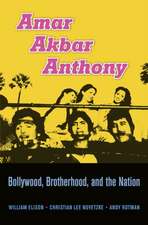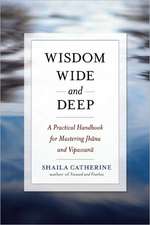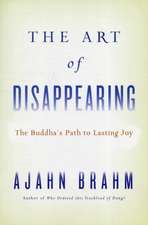Thus I Have Seen: Visualizing Faith in Early Indian Buddhism
Autor Andy Rotmanen Limba Engleză Hardback – 25 dec 2008
Preț: 599.82 lei
Preț vechi: 859.39 lei
-30% Nou
Puncte Express: 900
Preț estimativ în valută:
114.80€ • 118.31$ • 96.92£
114.80€ • 118.31$ • 96.92£
Carte tipărită la comandă
Livrare economică 20-26 februarie
Preluare comenzi: 021 569.72.76
Specificații
ISBN-13: 9780195366150
ISBN-10: 0195366158
Pagini: 336
Dimensiuni: 236 x 155 x 25 mm
Greutate: 0.6 kg
Editura: Oxford University Press
Colecția OUP USA
Locul publicării:New York, United States
ISBN-10: 0195366158
Pagini: 336
Dimensiuni: 236 x 155 x 25 mm
Greutate: 0.6 kg
Editura: Oxford University Press
Colecția OUP USA
Locul publicării:New York, United States
Recenzii
This book is a significant contribution to the field of Buddhist Studies on at least three counts: it explores the neglected literary genre of Sanskrit legends (the ?vad?nas, in particular the collection known as the Divy?vad?na); in so doing, it emphasizes the importance of the visual dimensions of the experience of the Buddha, in contradistinction to the aural (Thus Have I Seen instead of Thus Have I Heard); and it unpacks various typologies of Buddhist faith and devotion, paying attention to their experiential but also their sociological contexts. I highly recommend this work to anyone interested in the religious dimensions of Indian Buddhism.
Notă biografică
Assistant Professor, Department of Religion, Smith College




















